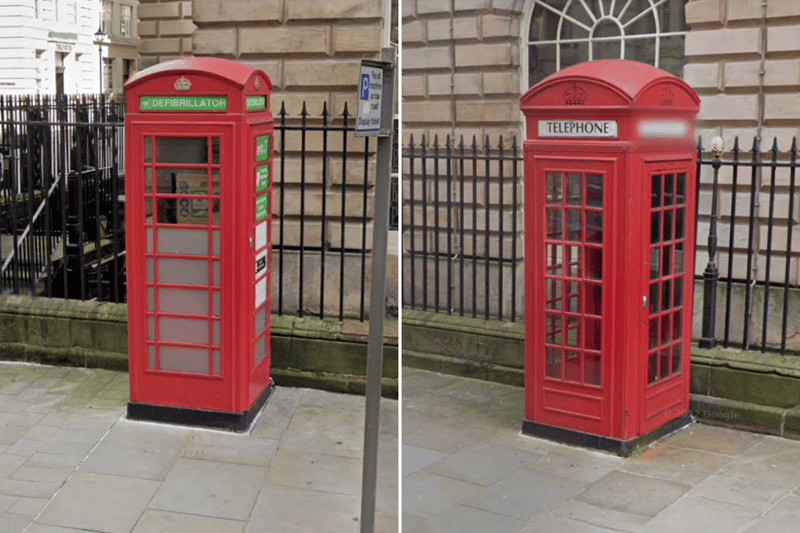Historic England, the national organisation which helps care for and protect architecturally important and historically significant buildings and sites across the country, says Liverpool boasts more Georgian listed buildings than Bath.
In fact, every area of the region has more than a handful of listed buildings - ranging from the iconic Liver Building and docks, to historic pubs, such as the Philharmonic, and towering structures like Liverpool Cathedral.
But there are also a number of quirky, less well known sites listed by Historic England too. Here are some of the most unusual in Liverpool....

1. Piazza Fountain aka Bucket Fountain
Liverpool’s Piazza Fountain, known locally as the Bucket Fountain, is a kinetic water sculpture. It was made in the late 1960s by renowned Welsh fountain designer Richard Huws and is the only surviving example of his water sculptures. The fountain includes 20 hoppers, or buckets, of various sizes set at different heights which tip unexpectedly when filled. Photo: Friends of the Piazza Fountain / Facebook

2. Grade II listed lamp post
This Grade II listed, richly ornamented iron lamp stands on the junction of Mere Lane and Breckfield Road North in Everton and looks slightly odd in its modern surrounding. With a scrolled base, brackets and two lamps, it was first listed in 1985 for its special architectural and historic interest. Photo: Google Street View

3. The Bridewell
A a former police station and prison, Campbell Street bridewell is now a pub. The cells still remain and have been turned into booths. Victorian author Charles Dickens was sworn in as a as special constable in Liverpool ‘while diving into the obscurest streets and lanes of the port’ as part of his research in 1860. His headquarters for the night was the bridewell. A plaque commemorating his day with the Liverpool police now adorns the wall of the pub. Photo: Image: Google Street View

4. K6 and K2 phone boxes
These K6 and K2 phone boxes adjacent to Liverpool Town Hall are both Grade II Listed. The cast iron telephone boxes were designed by Sir Giles Gilbert Scott, circa 1935. Once a common site across the UK, they are now a rarity. Photo: Google Street View
